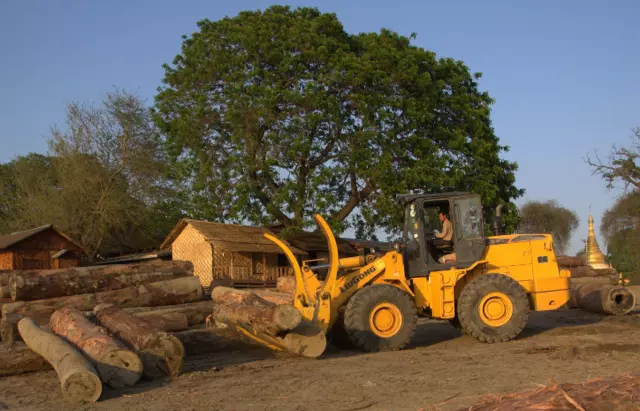Home / Imported Teak Wood
IMPORTED TEAK WOOD
Teak wood has long been a favorite material because of its strength, resilience, and rich beauty. Of the several varieties, imported teak wood is prized for its exceptional quality and adaptability. This article examines the qualities, advantages, and typical applications of imported teak wood and offers advice on how to select the best teak for your requirements.

Teak that is sourced from outside of India is referred to as imported teak wood. These countries include sections of Africa, Thailand, Indonesia, Myanmar (previously known as Burma), and Myanmar. Burmese teak is regarded as the best of them because of its tight grain, rich oil content, and golden-brown hue. Javanese teak, or teak from Indonesia, is also widely accessible and prized for its beauty and hardiness.
Types Of Imported Teak Wood
Characteristics of Imported Teak Wood
1. Durability :
Because teak wood has a lot of oil, it naturally resists rot, insects, and deterioration. This makes it perfect for outdoor applications where exposure to the environment is a concern, as well as long-lasting constructions and furniture.
2. Weather Resistance :
The resilience of imported teak wood to harsh weather is one of its most notable qualities. Teak wood is commonly used in marine conditions for shipbuilding and decking because it is unaffected by extremes of weather, including severe rain, intense sunlight, and high humidity.
3. Rich Color and Grain :
The golden-brown hue of imported teak wood is highly prized and gets deeper with age. Its straight, fine grain gives any room an air of refinement, whether it's utilized for furniture, flooring, or accent pieces.
4. Workability :
Teak wood is reasonably easy to deal with despite its hardness. Wood is easily shaped, sanded, and cut, which is why carpenters and other artisans love it for complex woodworking projects.
Benefits of Imported Teak Wood
1. Longevity :
The longevity of imported teak wood, especially Burmese teak, is well-known. Teak is a wise choice for any project since, with the right maintenance, it can endure up to 100 years or longer.
2. Minimal Maintenance :
In contrast to most other wood varieties, teak needs very minimal upkeep. Although regular cleaning and oiling can improve its appearance, the natural oils in the wood primarily shield it against moisture, insects, and deterioration.
3. Eco-Friendly Option :
When obtained from forests that are ethically managed, teak wood is a sustainable option. In order to guarantee that their teak wood comes from sustainable farms and to support environmentally friendly building techniques, many suppliers now offer certification.
How to Choose High-Quality Imported Teak Wood
1. Check for Certification :
Always check for certification from respectable groups like the Forest Stewardship Council (FSC) when purchasing imported teak wood. This guarantees that the wood was legally and sustainably gathered, safeguarding the environment and the communities that depend on it for their livelihood.
2. Examine the Grain :
A homogeneous golden-brown color and tight, straight grain are characteristics of high-quality teak. Wide grains or uneven coloring in wood might raise suspicions about its quality.
3. Oil Content :
The amount of oil in teak wood is one of the main markers of its quality. High oil content in premium teak contributes to its inherent resilience against dampness and pests. This oil may be absent from lower-grade teak, leaving it more vulnerable to deterioration over time.
